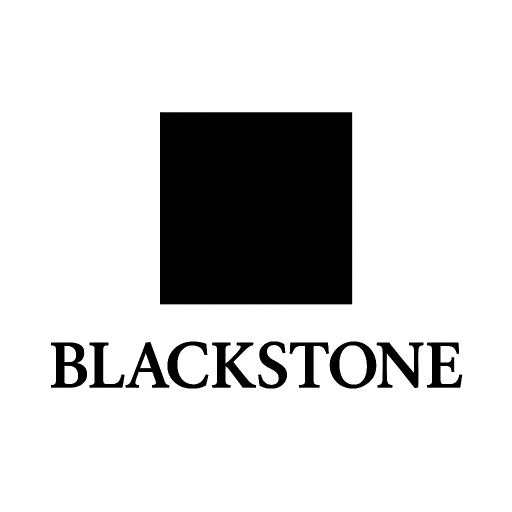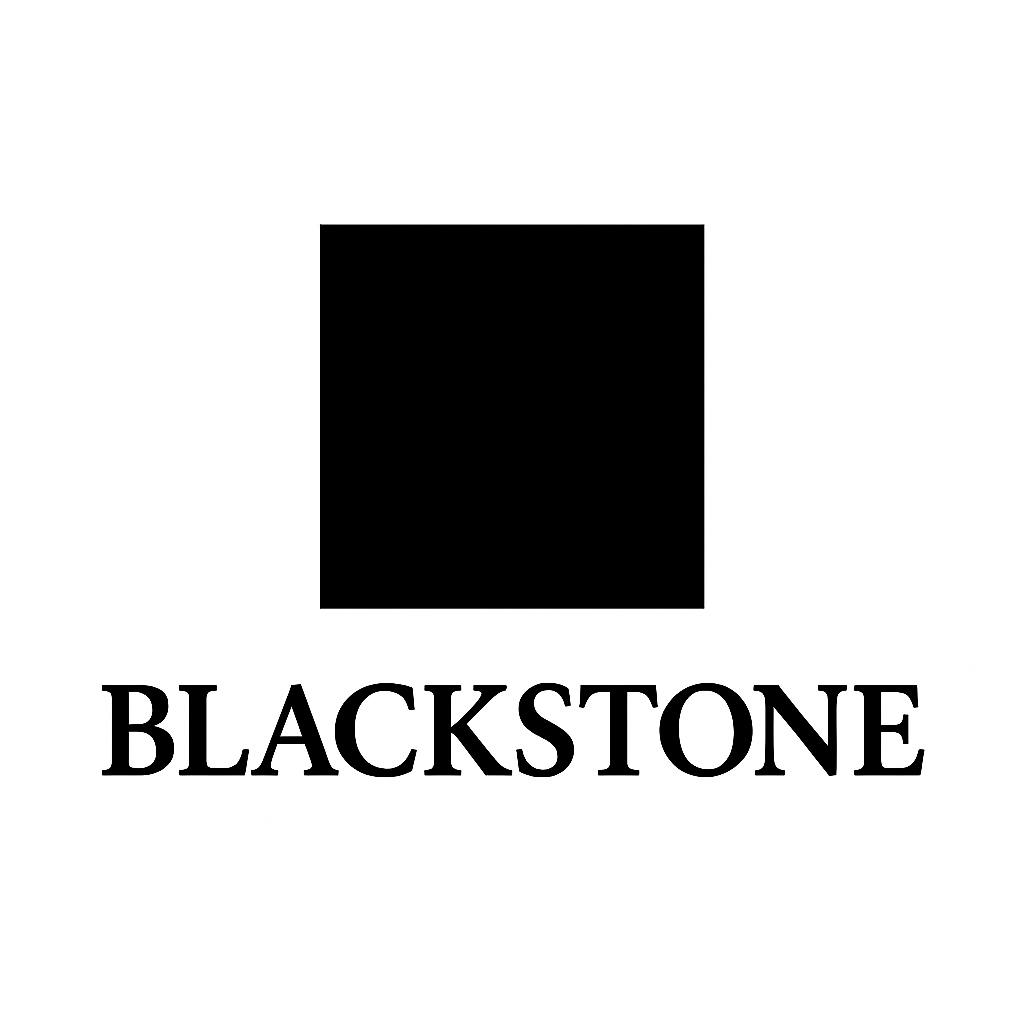
When you think of your brand, it’s not just about having a logo and a few attractive visuals. What truly makes a brand memorable and trusted is a consistent identity and personality. That’s where brand guidelines come into play.
Brand guidelines serve as a framework that outlines the rules for how your brand should be represented—both inside and outside of your organization. These guidelines help ensure that everyone, from designers to marketers, communicates the brand in a cohesive way.
Let’s take an example—Urban Outfitters. This lifestyle brand is known for its bold, creative look and unique product photography. Their brand guidelines focus heavily on imagery, logo usage, and overall style direction, setting a clear path for anyone working with their brand.
“At Blackstone, we believe that every brand should have clear rules for using its visual elements—like logos, colors, and typography.”
Blackstone Team
So, What Exactly Are Brand Guidelines?
Brand guidelines are a set of rules or standards that describe how your company’s brand elements should be used. Typically delivered in a structured document and approved by senior leadership, these guidelines are crucial for maintaining brand consistency.
While designers often rely on these documents to create visuals that align with the brand, the reality is that all marketing efforts should adhere to them—from social media posts to ad campaigns. Things like tone of voice, brand colors, and preferred messaging style are usually included in these guidelines.
Why Are Brand Guidelines So Important?
You might be asking yourself—do I really need brand guidelines? It might seem like a daunting task, but let’s break it down.
Think of Apple—one of the most recognizable brands worldwide. Whether it’s their product design, advertising, or even packaging, everything feels unmistakably “Apple.” That level of recognition doesn’t happen by accident. It’s the result of strictly followed brand guidelines that ensure everything they do reflects the same style and message.
If global recognition seems far off for now, consider something more local. Wouldn’t it be powerful if people recognized your brand at a glance, whether on a shop sign or an online ad? That kind of familiarity breeds trust—and it all starts with consistent branding.
Define How Brand Elements Are Used
Your guidelines should outline all components of your brand identity—like logos, fonts, and color palettes—and explain how they should (and shouldn’t) be used. For instance, you may want all headers in red, while the main body text stays white. These rules help avoid inconsistencies.
Consistency Builds Credibility
A brand that looks and feels the same across every touchpoint appears more professional and reliable. A consistent style not only strengthens your image but also makes it easier for others to follow your branding rules.
It Supports All Marketing Efforts
Any content connected to your brand—especially visual designs—should align with your guidelines. A major bonus: having clear instructions speeds up the design process and improves quality.
Boosts Brand Recognition and Perceived Value
Consistency creates familiarity. When your audience sees the same colors, fonts, and tone of voice across platforms, they’re more likely to remember—and trust—your brand. This leads to a stronger market presence and increased brand equity.
What Should Be Included in Your Brand Guidelines?
While brand guidelines will differ from one company to another, it’s wise to be as thorough as possible. This way, if your team changes or external collaborators get involved, everyone has a clear roadmap.
Here’s what Blackstone recommends including:
Logo Usage
All variations of your logo, with rules for spacing, sizing, and placement. Don’t forget a "what not to do" section to avoid misuse.
Color Palette
A complete guide to your brand colors, including HEX, RGB, and CMYK values for both digital and print use.
Typography
Outline the fonts your brand uses, along with different styles, weights, and usage instructions.
Company Overview
A short intro that explains who you are, what you stand for, and your brand’s core values.
Tone of Voice
Define your communication style. Are you playful and witty, or formal and professional? This helps maintain a unified voice across all platforms.
At Blackstone, we strongly encourage businesses of all sizes to develop and follow clear brand guidelines. They are not just a design tool—they’re a strategic asset that helps your brand grow, stay consistent, and be remembered.






